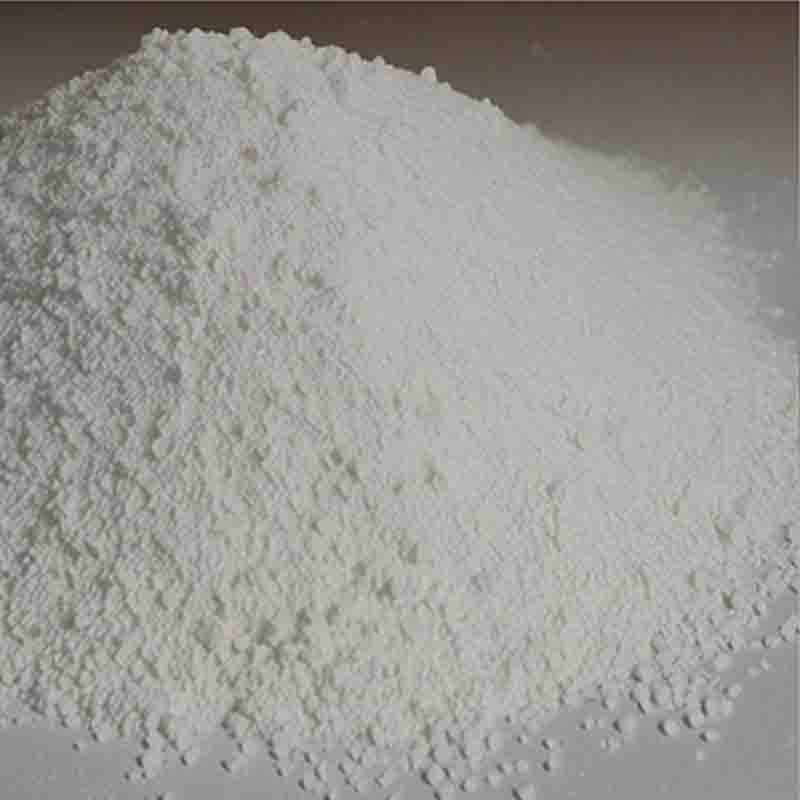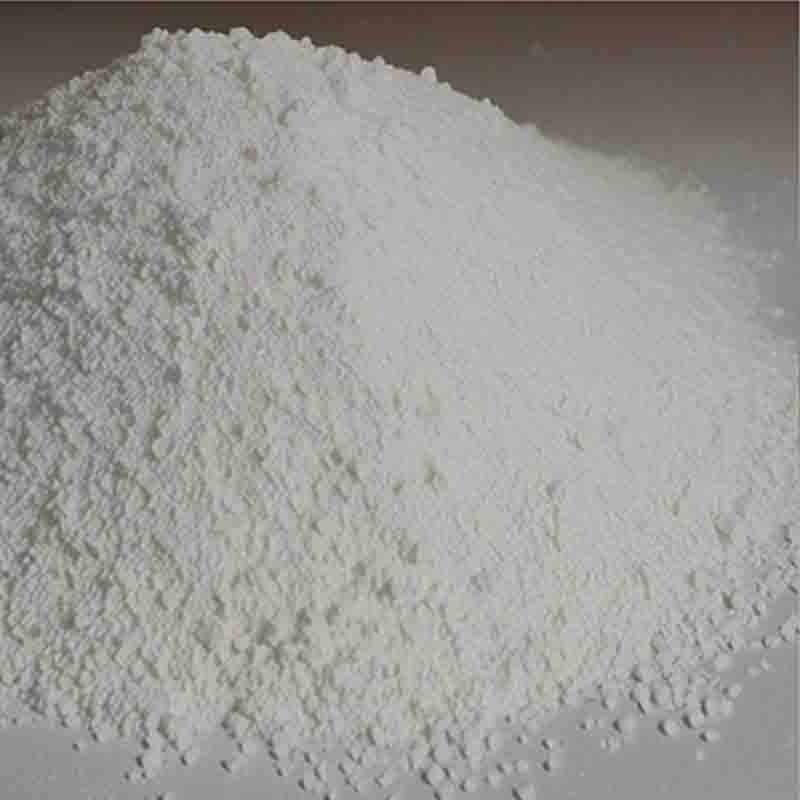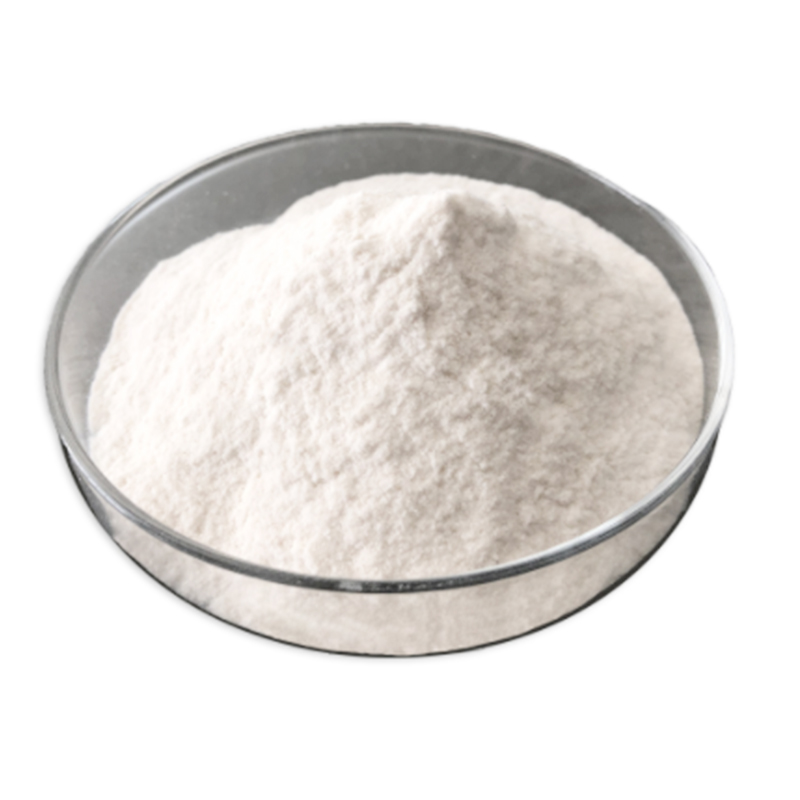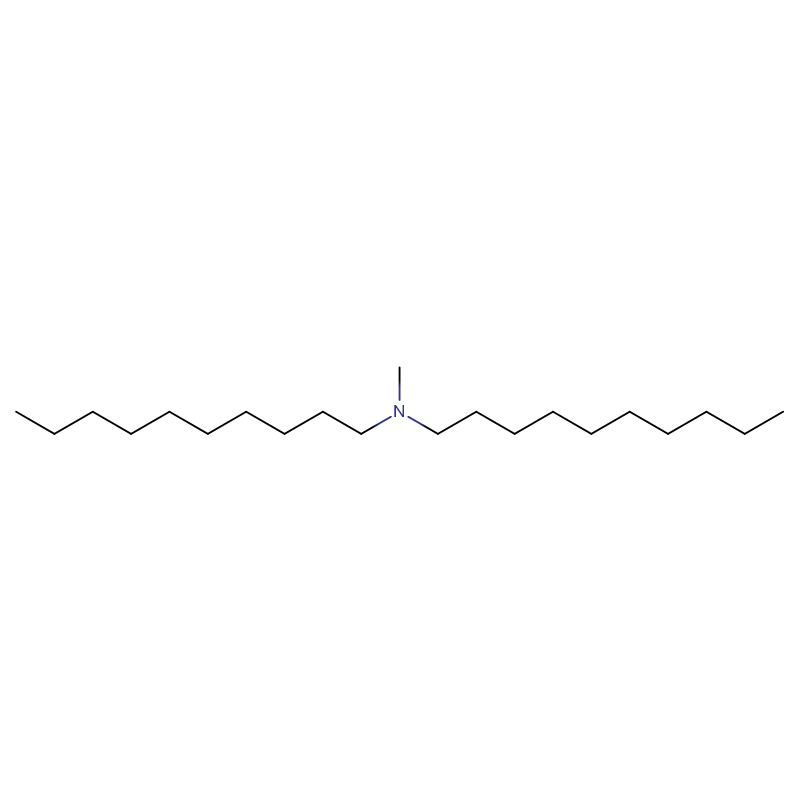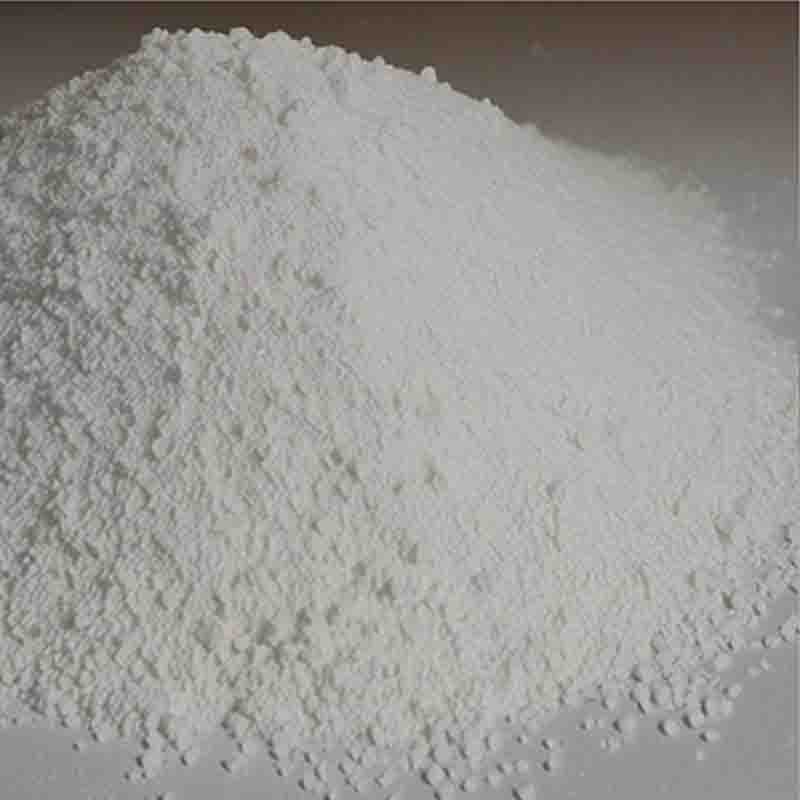2-Phenylpropane-1,3-diol CAS: 1570-95-2
| Catalog Number | XD95346 |
| Product Name | 2-Phenylpropane-1,3-diol |
| CAS | 1570-95-2 |
| Molecular Formula | C9H12O2 |
| Molecular Weight | 152.19 |
| Storage Details | Ambient |
Product Specification
| Appearance | White powder |
| Assay | 99% min |
2-Phenylpropane-1,3-diol, also known as benzyl resorcinol, is a chemical compound with various applications in different industries. Its unique properties and characteristics make it valuable in several areas.
In the field of cosmetics and personal care products, 2-Phenylpropane-1,3-diol is used as an ingredient in skincare products. It is known for its skin-lightening and anti-aging properties. This compound helps to reduce the appearance of dark spots and hyperpigmentation, promoting a more even skin tone. Additionally, it has antioxidant properties that protect the skin from damage caused by free radicals, helping to prevent premature aging.
Furthermore, 2-Phenylpropane-1,3-diol has applications in the field of pharmaceuticals. It is used as an active ingredient in the treatment of various skin conditions, such as acne and eczema. This compound exhibits antimicrobial and anti-inflammatory properties, which help to reduce inflammation and control bacterial growth on the skin.
Moreover, 2-Phenylpropane-1,3-diol has potential applications in the field of polymer chemistry. It is employed as a monomer in the production of various polymers, including polyesters and polyurethanes. This compound serves as a versatile building block in the synthesis of these polymers, contributing to their unique properties and characteristics.
In addition to its cosmetic, pharmaceutical, and polymer applications, 2-Phenylpropane-1,3-diol is also used in the field of organic synthesis. It is employed as a reagent in various organic reactions, including the synthesis of other compounds. This compound helps facilitate these reactions, contributing to the production of various organic compounds.
In conclusion, 2-Phenylpropane-1,3-diol has diverse applications in cosmetics, pharmaceuticals, polymer chemistry, and organic synthesis. Its skin-lightening, antimicrobial, and anti-inflammatory properties make it valuable in skincare products and the treatment of various skin conditions. Continued research and development are expanding the potential applications of this compound in various industries.


